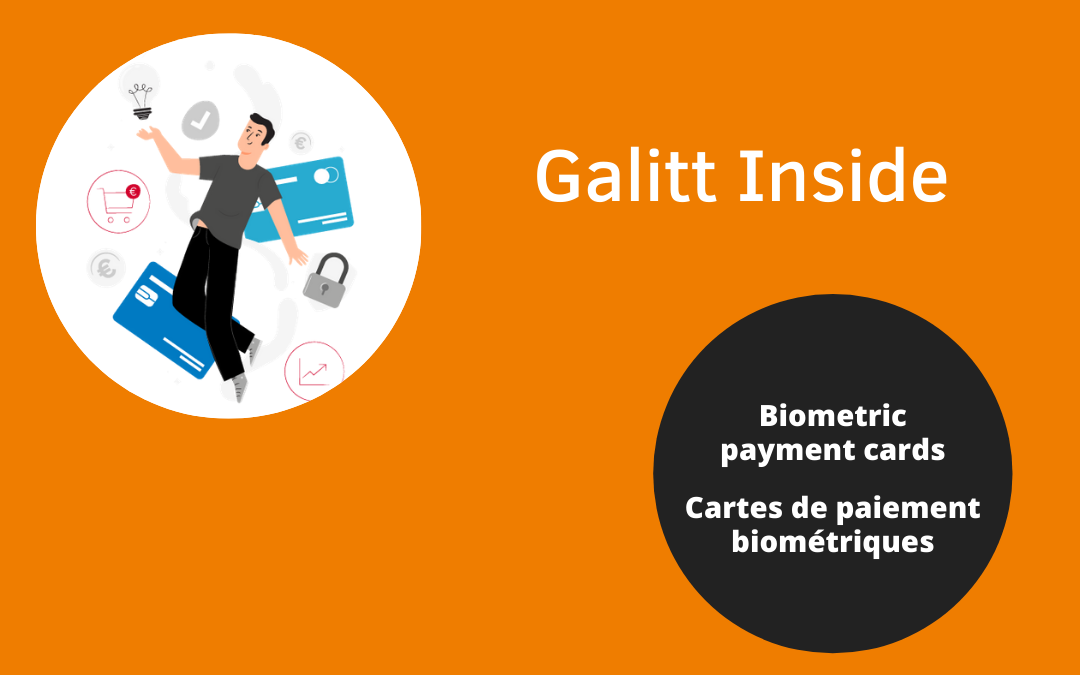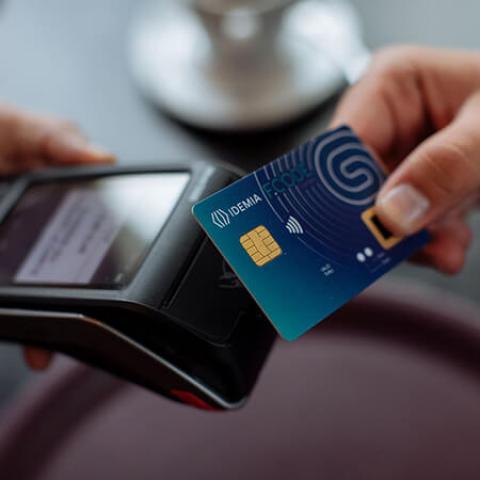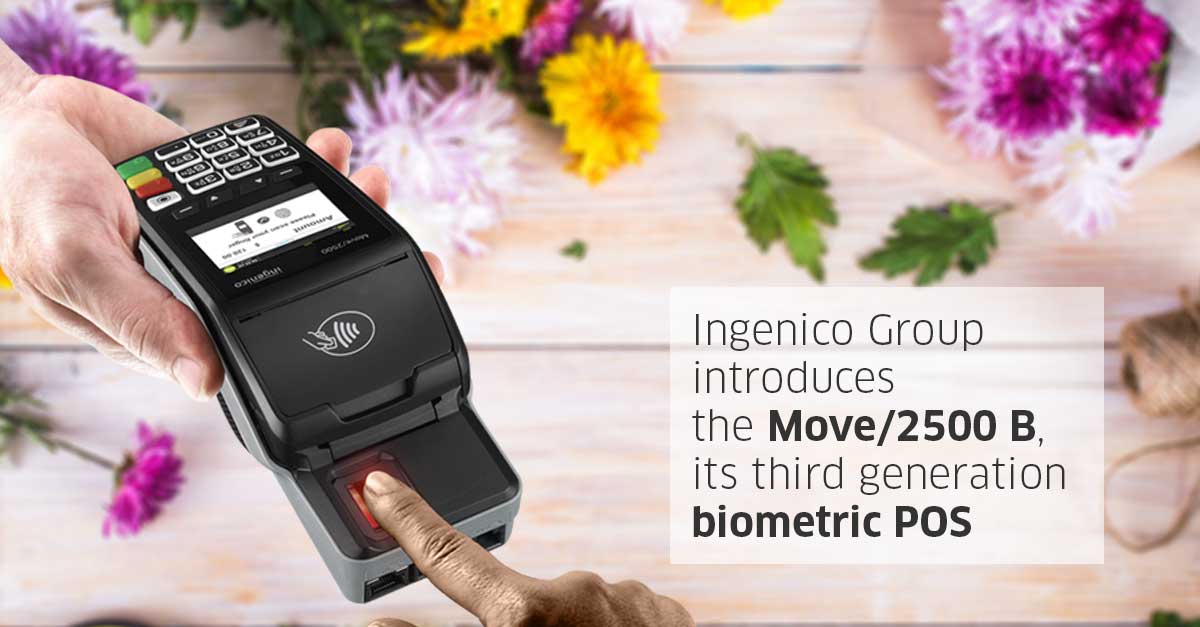Biometric payment cards in France

The number of innovations in the payment industry has increased over the last ten years, bringing with it a host of new concepts. Some of these innovations have logically focused on the bank card, the flagship payment medium, in order to find ways to attach new services to it while maintaining maximum security. Following the example of contactless or crypto-dynamic CVV, biometrics seems to be one of the most reliable means of payment.

Source : IDEMIA
Biometrics: the future of payment security
As we have already mentioned in a previous article, biometrics is gradually becoming an essential tool for securing various financial management actions. Remember that biometrics is based on the identification of a person from his or her biological data (iris of the eye, fingerprint, face shape…). The authentication of users on many banking applications available on smartphones is already done via this biometric correspondence, in particular by a fingerprint scan.
The next step in the use of biometrics endorsed by the DSPs will concern the confirmation of a purchase in e-commerce, a confirmation traditionally carried out via 3D Secure, an authentication system by sending a code by SMS. This 3D Secure is destined to be completely replaced by biometrics, which is considered more secure since it represents a strong authentication factor.
There are already some very advanced examples of biometric payment, such as in Hangzhou, China, where customers of certain KFC stores can pay for their meals by facial recognition using a dedicated payment terminal. It is difficult not to recall the situation of biometrics in India that we mentioned earlier, where a huge part of the population already has a biometric identity. Special terminals with fingerprint sensors are already in use there.
In any case, there is no doubt about the future of biometrics in payment. Validated by the European payment authorities and increasingly adopted by banks and their customers, the next sector that biometrics wants to conquer will be the bank card sector.

Source : Ingenico
The appearance of biometric payment cards in France
After long internal test phases, the distribution of biometric payment cards is imminent in France. The largest French banks are gradually extending the distribution of these biometric cards. You will no longer need your PIN code to validate a purchase on an Eftpos terminal: you will only have to place your card on the Eftpos terminal as for a contactless payment, while placing your thumb on the fingerprint sensor to validate your payment.
Société Générale, after having pioneered the deployment of the dynamic CVV card in France, is now experimenting with this biometric bank card among its customers. The BNP Paribas group also announced the generalization of its own biometric payment card at the beginning of 2021, after a test with 15,000 cardholders in recent months. The test was successful, with a satisfaction rate of 80%. Finally, Crédit Agricole confirms its intention to intensify its presence in the new payment codes by also offering a card with a fingerprint sensor. The price of these cards is higher than traditional cards, a price justified by the improved user experience and the increased security provided by biometrics.
The willingness of these major French banking groups to issue biometric cards is real, making the future of these innovative and secure cards a reality. It is also difficult not to mention the biometric giants Idemia and Thales, without whom the design of these fingerprint sensors and all other biometric supports would not have been possible. We can count on these companies to propose new ways of using biometrics, in payment as well as in other fields (for example, biometric passports exist, storing the bearer’s biometric data in their chips). It will now be necessary to take into account the feedback from cardholders in order to perfect the biometric card offers, but it seems inevitable that in the future these cards will convince or even gradually replace traditional smart cards.



